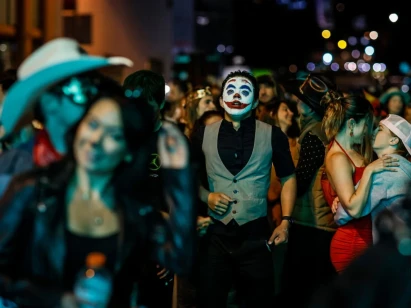
How Halloween Became "Gay Christmas"
Discover how Halloween became the biggest gay festival in America
No Comments Found
Comments / Reviews are the subjective opinion of Travel Gay users, not of Travel Gay.

No Comments Found
Comments / Reviews are the subjective opinion of Travel Gay users, not of Travel Gay.